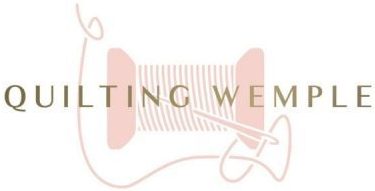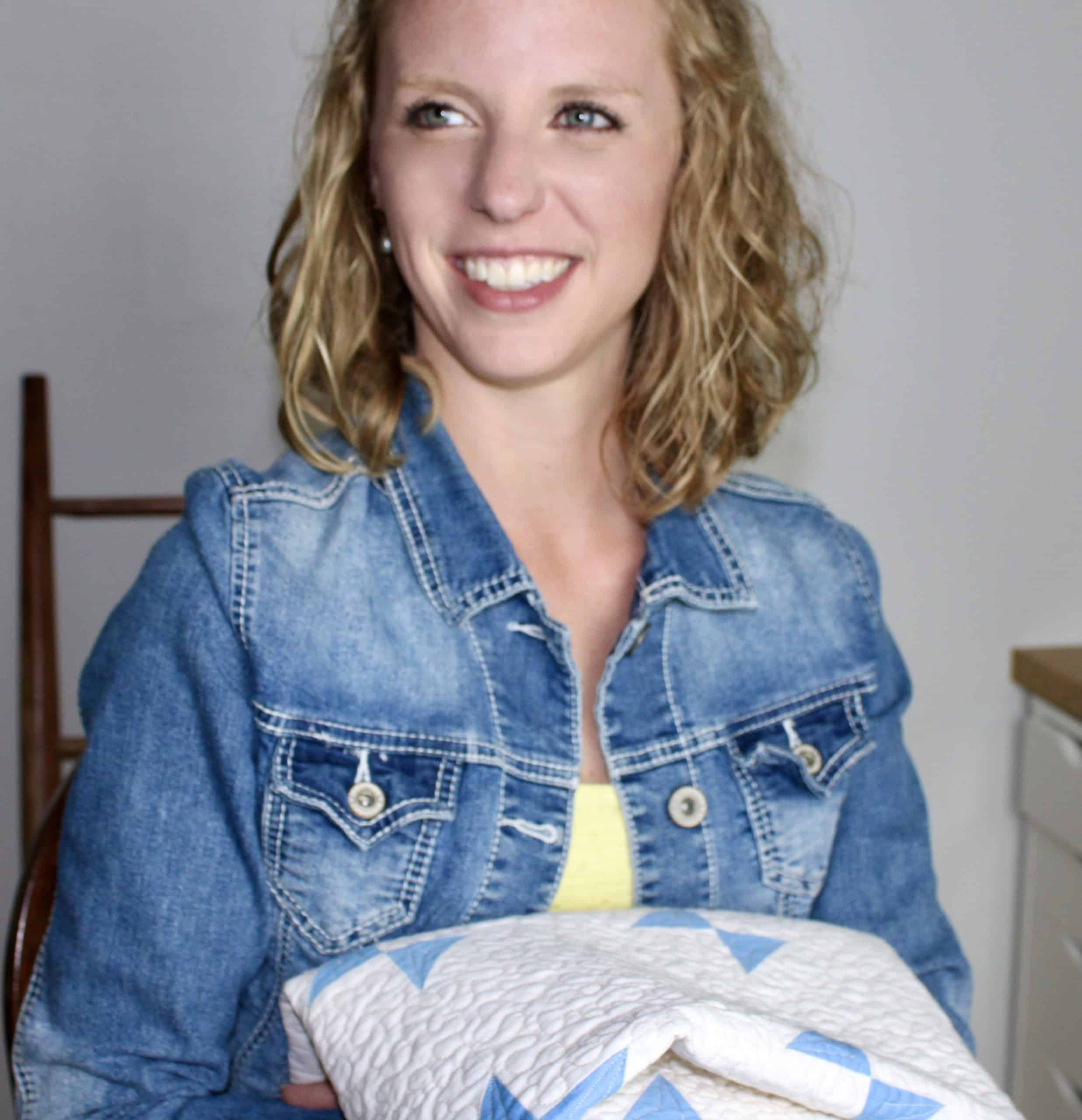
So here’s the thing I’ve learned about quilting and quilter’s over the last I-dont-know-how-many-years.
Quilter’s may be a special kind of crazy where we buy lots of fabric, cut it up into tiny pieces, and then sew it all back together, but we aren’t the point-and-laugh kind of crazy that sews every single one of those seams individually when we don’t have to.
When I finally learned that sewing hacks were a thing, the lightbulb went off as to why quilting becomes so addicting.
The tedious seams are even easier to do quicker and you don’t have to waste (much) time making small seams before getting to the fun seams and seeing your blocks come together.
The hacks allow you to focus on your creative plan, without spending silly amounts of time on the annoying stages to get there.
Related:
How to Make Hourglass Quilt Blocks: Quilting Hack
So in my effort to collect alllllllll the quick piecing tricks and keep them all in one place, I have another quick piecing tutorial for you guys today!
This one is all about flying geese so lets get started!

Method 1: Flying Geese 4 at a time
Flying geese are often used by themselves in a block, or as smaller components to a bigger design, such as points of stars.
When you making a quilt full of stars, it’s nice to be able to crank them out pretty quickly and then get to actually making the stars.
This first way to make a flying geese block is great for any bigger block or quilt that requires multiple identical flying geese components.
And what’s nice is that you don’t actually have to waste any fabric to making them.
Step 1: Cut Pieces

You will need four small squares and one large square for this little trick.
The small squares should all be the same color, and the large square a contrasting color.
Do your best to be accurate with cutting your pieces, it will make a difference here, the measurements can get annoyingly specific sometimes.
Step 2: Sew First Corners and Cut

Place the large square down first, right side up, and lay two smaller squares on top of it right sides down.
The smaller blocks should be lined up perfectly in opposite corners of the large square.
They will overlap in the middle, thats okay.
Draw a line from one corner to the opposite corner on the wrong sides of the small squares and pin them in place.
Using this drawn line as a guide, sew 1/4” away from both sides of the guideline.

When you are done, use a quilting ruler and rotary cutter and cut directly on the guideline to separate the units.

Head on over to the ironing board and gently press the corners open so you have two identical units that look like this below!

Step 3: Sew Second Corners and Cut
Next step is going to be very similar to the first.
Take your remaining two small square pieces and draw a guideline on them from corner to corner on the wrong side.
Line these two squares up in the open large square corners still available so it matches the picture below and pin it in place.
This should overlap your previous squares. That is what we want.

By overlapping, you’ll be able to get a 1/4” seam allowance beyond the point of the block and you won’t cut it off by accident when you use the unit it a block later.
Use the guideline and sew a 1/4” on either side of the guideline just like before.
Take your ruler and separate the two units within each bigger unit and press open!

You should have 4 identical flying geese blocks!
Method 2: Flying Geese One at a time
You might be asking yourself, “Why on earth would I ever make these blocks one at a time now that I know how to make them four at a time?”
Well because sometimes you just don’t need 4 identical ones unfortunately.
Sometimes you just need 1 or two and it’ll waste more fabric than time by just making them separately.
Fortunately those are the cases where you ONLY need 1 or 2 so it’ll be very rare that you need to make 20 flying geese one at a time.
And if you come across a pattern that requires that because of the color combinations it calls for, maybe reconsider the pattern haha.
For this method we’ll use a technique called the snow ball corner.
Step 1: Cut the pieces
This technique requires similar pieces with some slight differences.
We’ll need two small squares similar to before, however this time we will need a rectangle instead of a large square for our “goose”.

Step two: Sewing the first corner
Take your rectangle and place it right side up on the table.
Next we’ll take both small squares and draw the same guideline as before on them on the wrong side from corner to corner.

Place the first small square right side down on top of the rectangle.
At this point, it won’t matter which way the guideline faces.
Pin it in place and head over to the sewing machine.

This time when you sew the squares, sew DIRECTLY ON the guideline.
This is a huge difference from the 4 at a time method. We are NOT sewing 1/4” away, we are sewing right on top of the drawn line.

When you are done sewing the seam, take your quilting ruler and measure 1/4” away from your line of stitches closer to the corner.
Using your rotary cutter, trim away the excess fabric beyond 1/4”.

Head over to the ironing board and press that corner open, just be careful not to warp it.
Step three: Sewing the second corner
One corner down, one to go.
This one is a rinse and repeat of step two.
Match up the small square with the opposite side of the rectangle.
This time you need to keep an eye on which way that guideline is facing.
The end of your guideline should overlap the already sewn corner like in the picture below.

If you aren’t sure if you’ve done it right just hold the unit by the guideline and flip the edge open before sewing it to make sure the flying geese block looks correct.
If not just rotate that bad boy before sewing it and double check again.
Just like before, once you are happy with it, pin it down and sew directly on that guideline again.
Use your ruler and rotary cutter to trim away the excess beyond 1/4” and press it open!
Look how pretty it is!

Time to Practice
Not that long ago I was looking for an excuse to practice some of these techniques, but I’m more the minimalist type and am not about pot holders or pillow cases.
I couldn’t find a great project designed for just practicing so I decided to make one!
If you are interested in practicing this technique and a good amount of other techniques in a real quilt top, head on over to my free pattern vault.
I designed a great modern sampler quilt that practices a ton of these techniques and leaves you with a fully finished quilt at the end!
Happy quilting!
If you liked this tutorial and want more tips and tricks as they get released be sure to follow me on pinterest below!









0 Comments